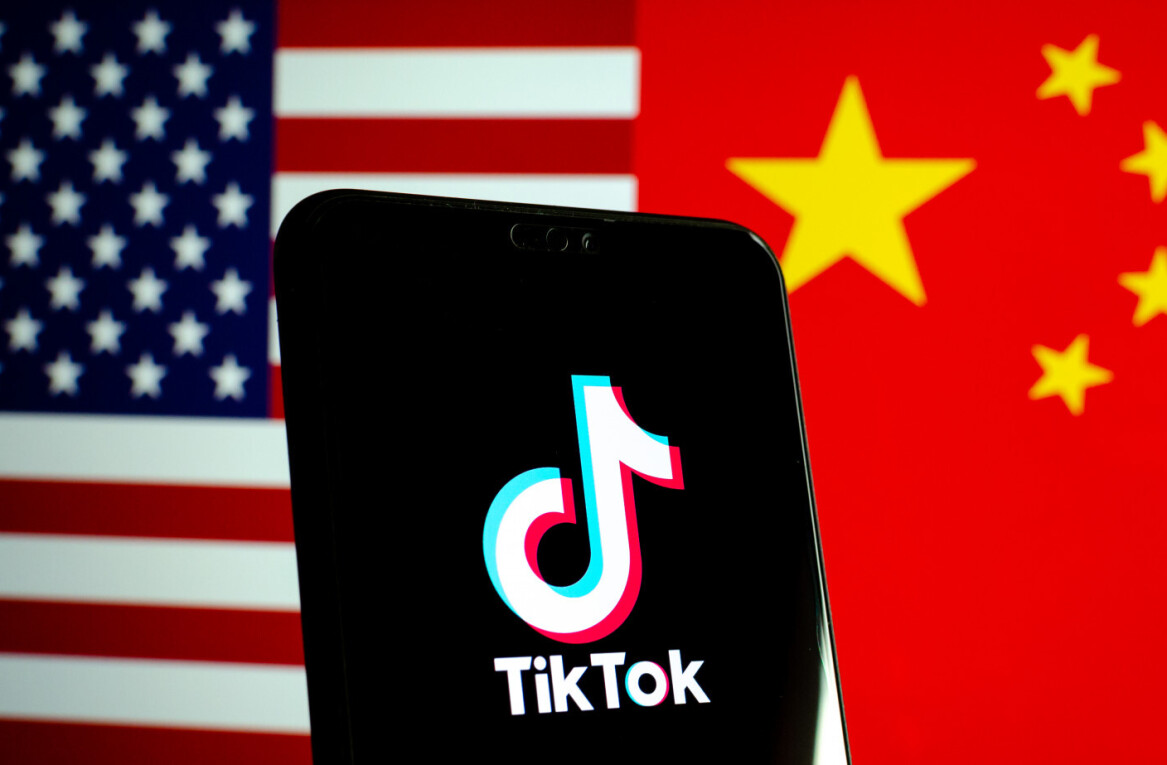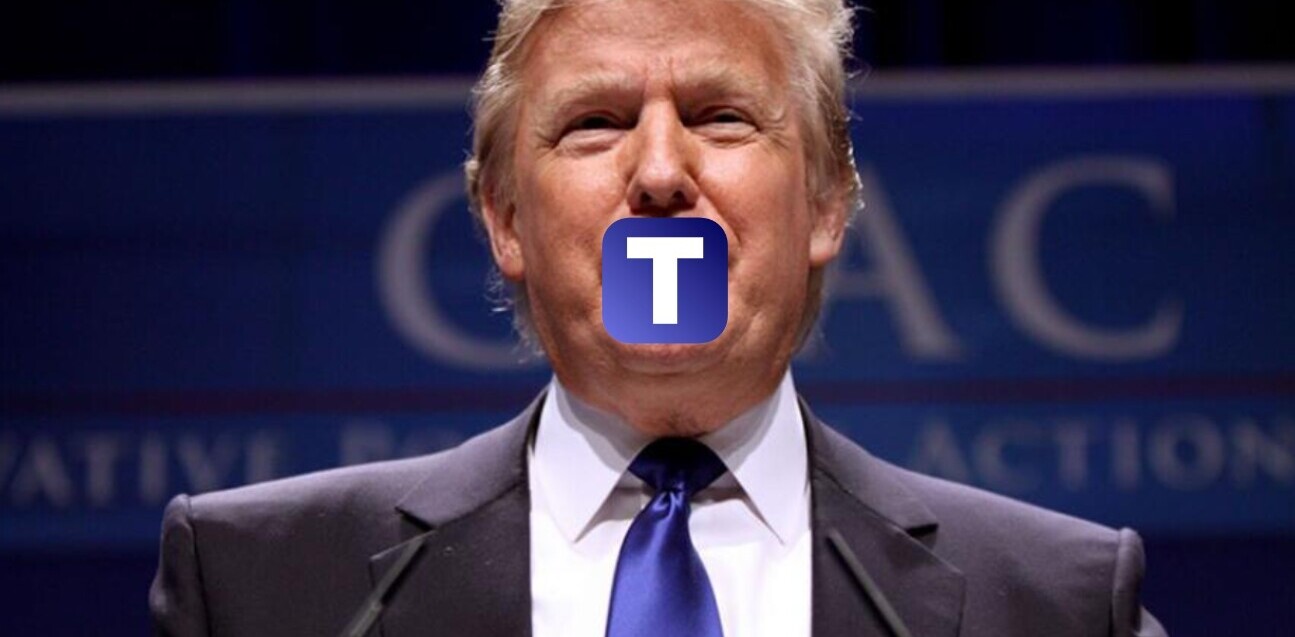
The New York Times has today released details of its long-awaited paywall. Opting for a partially free model, users will be able to read 20 articles per month without paying. Beyond that, a range of subscription plans are available.
The plans offer one month’s access to the website and mobile app for $15 for a month, $20 for Web access and the iPad app; while you can access all three outlets for $35 for an all-access plan.
The paywall has gone live today in Canada and will be rolled out to the rest of the world from 28 March.
Interestingly, there are holes in the paywall. Publisher Arthur Ochs Sulzberger Jr. explains that “Readers who come to Times articles through links from search, blogs and social media like Facebook and Twitter will be able to read those articles, even if they have reached their monthly reading limit. For some search engines, users will have a daily limit of free links to Times articles.”
While it’s not unusual for paywalled sites to remain accessible via search, the tactic of allowing social links is actually quite a smart move, as it keeps the New York Times part of the “social conversation” online, something that competitor News Corp opted out of with its recent, blanket high-profile paywall launches in the UK.
However, it’s likely that many readers will wait for interesting Times articles to crop up on Twitter before they read them, rather than paying for acces to the site. It certainly looks like this paywall wasn’t designed to convert anyone other than hardcore readers into paying customers.
Get the TNW newsletter
Get the most important tech news in your inbox each week.




